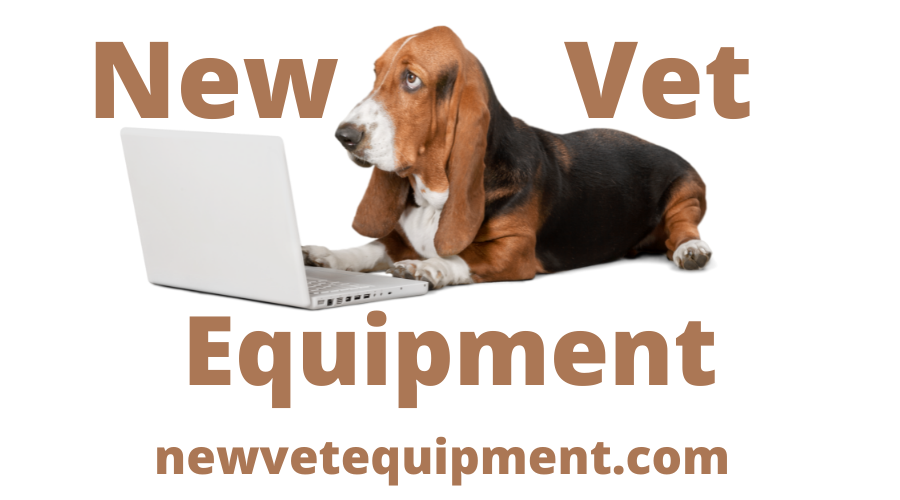Why Your Vet Clinic Needs Ultrasound for Safer Cystocentesis
Ultrasound Makes Cystocentesis Less Stressful for All
In veterinary medicine, minor improvements in technique can make a big difference.
One of those game-changing tools is ultrasound, particularly when it comes to performing safer, more reliable cystocentesis.
Suppose your practice doesn’t already use ultrasound for this everyday procedure. In that case, you may be missing an opportunity to improve diagnostic quality, reduce stress (for everyone involved), and elevate the standard of care you offer.
Here’s why it’s worth investing in — and how it can transform how you approach even routine diagnostics.
Cystocentesis Without Guesswork
If you’ve ever performed a blind cystocentesis on an obese dog, a wiggly cat, or a patient with a tiny, poorly palpable bladder, you know how tricky it can get.
Even with years of experience and skilled hands, there’s a level of uncertainty — are you truly in the bladder? Is it full enough? Are you avoiding other organs?
Ultrasound eliminates the guesswork
With real-time imaging, you can see exactly where the bladder is and guide your needle precisely, even when the bladder is small, displaced, or hidden by fat or intestines.
This not only improves your confidence but also makes the procedure faster and less stressful for the patient.
Let’s look at an example…
Take Blaze, for instance—a senior cat with chronic kidney disease who presents for a urine culture. On palpation, her bladder feels small and challenging to locate. With ultrasound, you can quickly find the small dorsal bladder and collect a sample without repeated attempts — a win for you, your patient, and the client.
Why Safer Matters — Beyond the Obvious
Of course, accuracy is essential, but safety is equally critical. Blind cystocentesis carries risks that can be mitigated with ultrasound:
Puncturing the intestines or uterus by mistake
Traumatizing bladder tumors or inflamed tissue
Causing unnecessary discomfort with multiple unsuccessful attempts
With ultrasound, you can avoid these pitfalls by choosing the safest access point and observing the bladder’s walls and contents before you proceed.
It also builds trust with clients. Being able to explain, “We used ultrasound to guide our sample collection and avoid complications,” reassures pet owners that you’re providing the best care possible.
Unexpected Perks for Your Practice
Adding ultrasound for cystocentesis also brings less obvious benefits:
Team empowerment: Veterinary technicians can be trained to perform ultrasound-guided cystocentesis under supervision, freeing doctors for more complex tasks.
Time savings: Fewer failed attempts mean shorter appointments and happier patients.
Professional pride: Offering a more advanced and refined approach sets your clinic apart, signaling to clients that you prioritize precision and patient comfort.
Overcoming Barriers to Getting Started
You might wonder: Isn’t ultrasound overkill for something as simple as cystocentesis?
Not anymore.
Modern ultrasound units are more affordable, portable, and user-friendly than ever — and they’re designed with veterinary needs in mind.
Training doesn’t have to be a hurdle, either. Many manufacturers offer resources to help you and your team get comfortable with the technology quickly.
And once you’re familiar with it, you’ll find yourself reaching for ultrasound not just for cystocentesis but for countless other applications — from pregnancy checks to identifying abdominal masses.
Ready to Upgrade Your Standard of Care?
By incorporating ultrasound into cystocentesis, your team can make this routine procedure safer, more precise, and less stressful for everyone involved.
From improving sample quality to reducing complications, ultrasound guidance offers clear benefits that elevate patient care and strengthen client trust.
It’s a simple-but-powerful way to advance the quality of medicine you provide every day.
Explore the ultrasound systems we offer:



